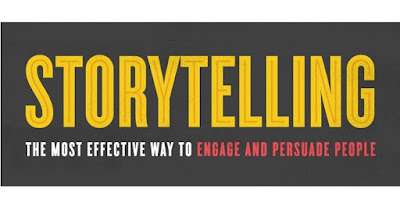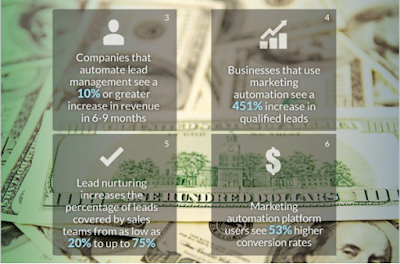One of the most recommended tools to create
customer value around your product offer is to use storytelling. Joshua Glenn and Rob Walker designed the Significant Object Project, to empirically
demonstrate how adding a fictional story to an insignificant object can turn it
into a significant one.
“Stories are such a
powerful driver of emotional value that their effect on any given object’s
subjective value can actually be measured objectively.” — Joshua Glenn and Rob
Walker
The idea was tested on eBay. A writer is paired with an
object purchased from thrift stores and garage sales and he or she writes a
fictional story about the object. Each object is listed for sale on eBay, but
instead of using a factual description the newly written story is used. After 5 months, they sold $128.74 worth of thrift-store
trinkets for an amount of $3.612,51. Their hypothesis was validated. The “value
in trade” of the thrift-store objects was increased by the use of engaging
stories attached to them.
The take-away message from the Significant Object Project is
that stories increase not only the objective value of your offering but also
the subjective value, which leads to willingness to pay a price premium.
Okay, now we know the importance of storytelling, but the next step will be to distinguish what kind of stories are the most successful to enhance customer value of your offering.
Okay, now we know the importance of storytelling, but the next step will be to distinguish what kind of stories are the most successful to enhance customer value of your offering.
Heidi Cohen, president of the Actionable Marketing Guide, presents
in her website 5 value enhancing stories every business can tell:
1. Focus the story on your business history. Link your
product to how the business started. This kind of strategy seems to work very
well for family owned businesses.
2. Focus the story on your product’s secret
ingredient. Enhance whatever is core to your total offering that makes it
different.
3. Focus the story on the location of the business.
Find something special of the place where the business is located and attach
special stories of the place to your offering.
4. Focus the story on the behind the scenes of your
company. Bring attention to show the way people create the product. It can be
done by interviewing different members of the team and letting them tell the
story.
5. Focus on the people behind the company. The idea
is to gather content from your workers regarding why they chose to work for the
firm, what they like about the product or their co-workers. This approach makes
your offering more personal, creating a real connection between employees and potential
customers.
6. FOCUS ON YOUR CUSTOMERS! Gathering stories from
your customers, showing how they discovered the company, how they use the
product and why is this helpful in their lives.
As we can see, putting the customer as the creator of the story is a very effective strategy to be followed by companies. Having your story told by a trusted person seems to be crucial to introduce your product to the audience you intend to reach.
An example of a success story is Kleenex. They wanted to shift the perception of their product from snot to style. In order to do so, they contacted hundreds of bloggers reaching an interior decorating and fashion audience, and offered them to own the first three pages of Google search results for the words "Kleenex style", this idea gave them 400% greater engagement on their blogs and at the same time the story was shared among the audience in a trusted way. Mother Overload was one of those storytellers.
As we can see, putting the customer as the creator of the story is a very effective strategy to be followed by companies. Having your story told by a trusted person seems to be crucial to introduce your product to the audience you intend to reach.
An example of a success story is Kleenex. They wanted to shift the perception of their product from snot to style. In order to do so, they contacted hundreds of bloggers reaching an interior decorating and fashion audience, and offered them to own the first three pages of Google search results for the words "Kleenex style", this idea gave them 400% greater engagement on their blogs and at the same time the story was shared among the audience in a trusted way. Mother Overload was one of those storytellers.




